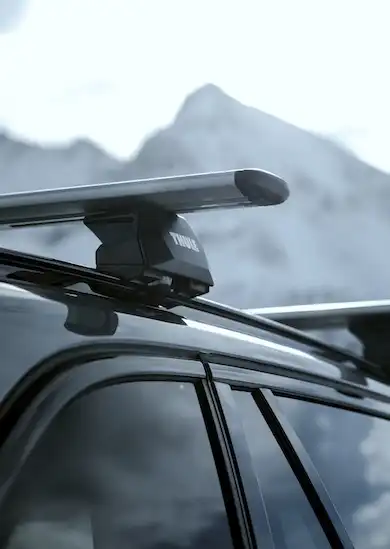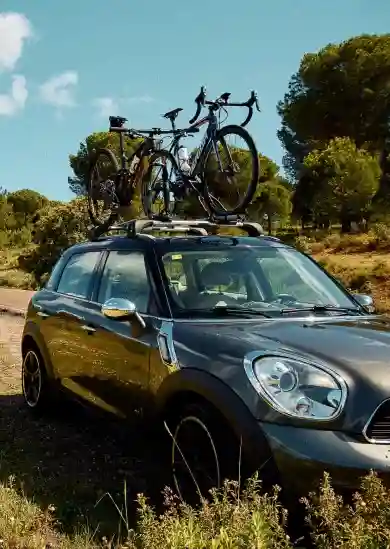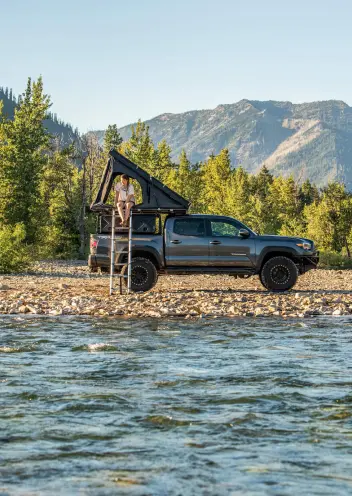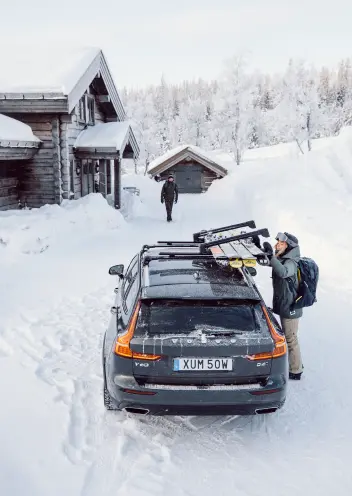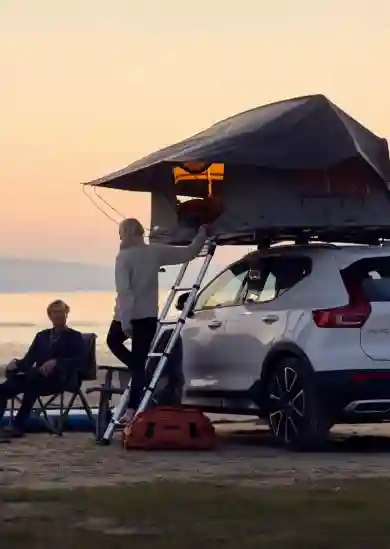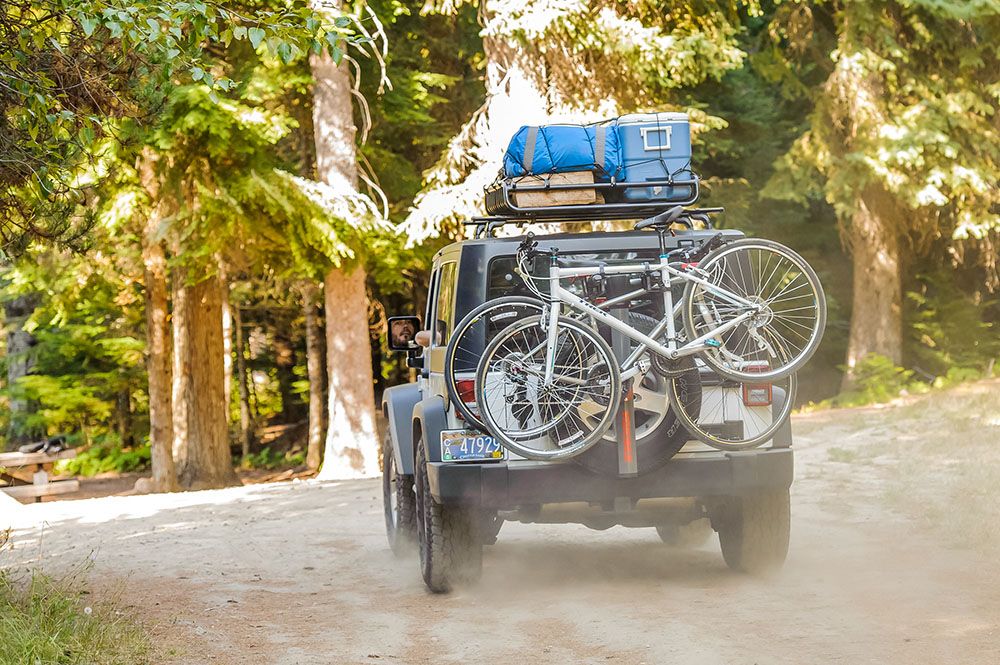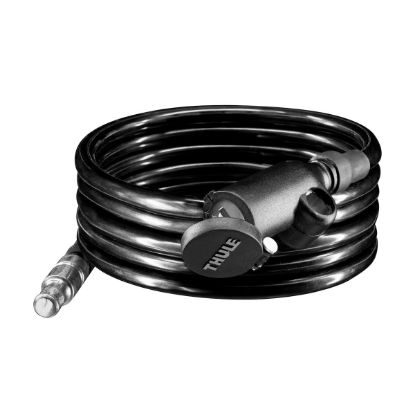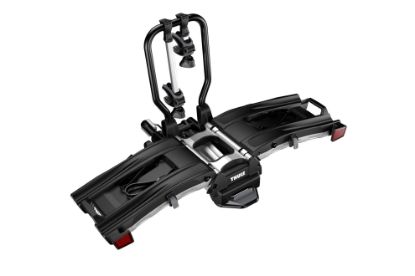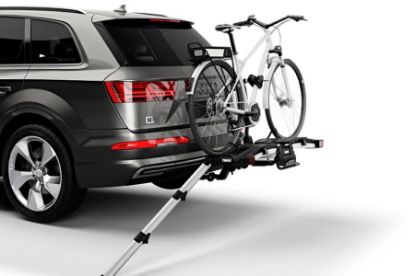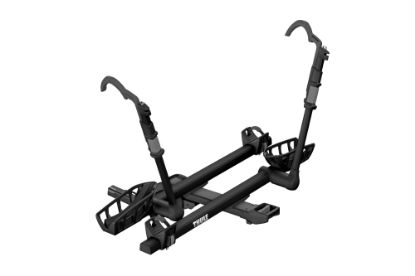April 30, 2022
Rack Attack Team
Bike racks are extremely useful for transporting bikes to your destination, but are they safe and can they damage your car or bike?
The biggest threat to bike rack safety is improper installation. We always recommend speaking with one of our expert Gear Guides before installing a rack. Although installation is the biggest threat, there are a few other safety concerns you might want to consider.
1) Providing a top-notch security system to lock both your bike and rack
Firstly you need to lock the rack to the vehicle, then you need to lock your bikes to the rack. Many of our bike racks come with full locking systems built in! For those that don't, we offer things like the Thule Snug Tite 2 Lock, which replaces the standard threaded hitch pin with a locking version, making nearly any rack (with a threaded hitch pin) locked to your vehicle - this only works with Thule products but most brands have their own versions. If the rack doesn't have locks for the bikes you can use a cable-style bike lock looped through your bike frames to your trailer hitch.
We just suggest you don't use a long bike cable while in transport as it can rattle as you drive. Just lock them up when you're going to leave them unattended. But if the bike rack has locks built-in you can keep your bikes locked at all times.
2) Pedals and frames get tangled together when multiple bikes are loaded
In the early days of bike racks, this was a constant issue no matter what you rode or how they were being carried. In today's rack technology, this issue is mitigated with a platform-style rack and has been greatly reduced with the current generation of hanging racks. But to avoid this altogether we suggest a platform rack like the Thule T2 Pro XTR or Kuat Transfer 3.
3) Pedals cause damage by scratching or rubbing against tailgate, trunk or back hatch
All hitch-mounted bike racks are built with enough clearance to squash this issue entirely. The only time this can be a problem is when using a trunk-mounted strap rack. We highly suggest only considering a strap rack for infrequent and short trips. There's no other way to say it: they are the least reliable, and most likely to damage your car. We recommend mounting a trailer hitch to your vehicle and carrying your bikes on that.
We install hitches! If you're near a Rack Attack location you can book an appointment! If you don't mind crawling under your car we can ship the best hitch directly to you as well.
4) Multiple heavy bikes (think e-bikes) stress the rack and its attachment points
E-bikes have exploded in popularity in the last few years. The only issue with them is their weight. Classic bike racks just weren't built to carry the kind of weight these bikes hold. Luckily if you have or can put a trailer hitch on your vehicle we have racks made to fit! Check out the Thule EasyFold XT and the additional EasyFold Long Loading Ramp to simply wheel your bikes to your rack, no lifting required!
5) Bikes seem wobbly while in transport, especially on gravel roads or at high freeway speeds.
Older and entry-level bike racks do nearly nothing to stop your bikes from swinging and wobbling on the racks. In addition to being annoying, it's dangerous to your bikes and your vehicle. For this reason, nearly every single hanging bike rack we sell comes with anti-sway cradles, specifically designed to keep your bikes secure in transport.
6) The bike rack seems wobbly while in transport.
The tongue that goes into the hitch receiver is made small enough to easily slide in and out of the hitch for ease of installation and removal. This has always meant the rack would wobble on your vehicle. While this wasn't an issue, it was annoying hearing it ‘bonk' around as you drive. Luckily just about every bike rack we sell has anti-wobble technology built-in. Mostly this is done by having a threaded hitch pin letting you tighten down the rack when you install it.
